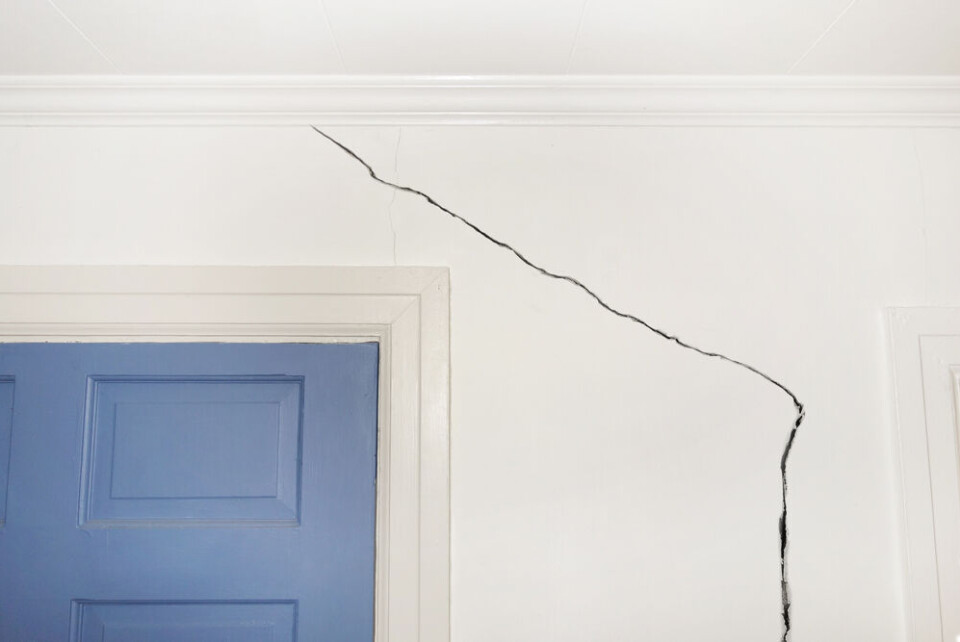-
Tips for Americans considering a French mortgage
With the number of Americans moving to France on the rise, we ask the experts for some tips for those considering applying for a French mortgage
-
New agreement to help with home renovations launches in Dordogne
The plan aims to connect citizens with local public renovation services to modernise old housing stock
-
Hosting scheme in south-west France lets newcomers sample lifestyle
Households in nine Dordogne communes volunteer under Mes Nouveaux Voisins scheme
French state watchdog recommends grants to stop house drought cracks
More should be done to prevent damage from climate change, it says

Property renovations to protect against fissures caused by droughts should be included in the national home renovation grant scheme MaPrimeRénov’, France’s auditing court has said in a report on the issue.
The Cour des comptes believes that too much of the scheme’s aid goes towards improving winter conditions as opposed to limiting the risk of other issues, particularly those caused by global warming.
It also recommends renovations to minimise the effects of flooding be available through MaPrimeRénov.
More funding should be channelled towards new avenues, including:
-
“solar protection processes… for the energy renovation of housing"
-
"accelerate support for research and development projects"
-
"regularly raise awareness among the general public”
The scheme has already seen one major backtrack this year – after initially axing one off (mono-gestes) renovations from the list of eligible projects, the government has reinstated them as being possible for funding.
Millions of homes affected by droughts
The growth and shrinkage of clay soils – retrait et de gonflement des sols argileux (or RGA) – is one of the main repercussions of droughts in France.
Periods of extreme dry weather can cause certain clay soils to shrink, and then expand rapidly after rainfall.
This can cause damage to properties built on these soils, ranging from cracks and fissures on outside walls to severe structural damage.
As droughts become more frequent and intense, the damage caused by these cracks also increases.
The Cour des comptes said this issue now affects “the whole of France” geographically, although it is most common in the south-west due to soils there.
Around 10 million homes are directly affected in France and each year hundreds of communes are added to the natural disaster list because of shrinkage caused by droughts.
Insurers are fighting a seemingly losing battle, and expect millions of homeowners will activate insurance payouts over shrinkage issues.
Read more: Trials start to reduce drought crack risk in millions of French homes
However, changes regarding how insurance payouts are made may be on the horizon, as more and more MPs back changes that would see insurance claims be easier.
Read more: French MP urges shrinkage report before property purchases
Focus on summer conditions
There were also calls for more to be done to reduce poor living conditions in warmer months in the report.
The Cour des comptes highlighted that climate change not only brings intense weather events but also hotter temperatures.
In total, around €8.6 billion in funding has been given out from the scheme, but less than a quarter of this goes towards improving the summer living condition of homes.
Many properties in France are classed as “energy boilers” (passoires thermiques) and retain excess heat during summer.
Ventilation and insulation renovations are available through the scheme, but account for less than a quarter of current applications.
Related articles
France’s ‘catastrophe naturelle’ insurance system: how to claim
Firm proposes funding renovation of French property for a share of it
























